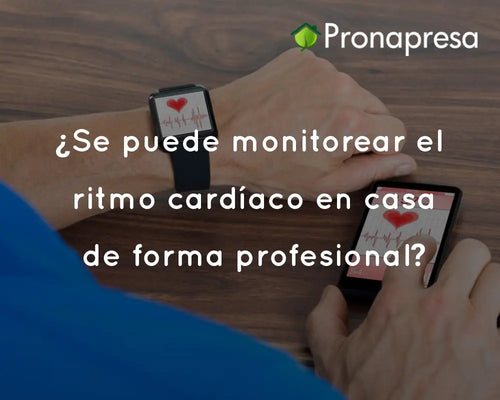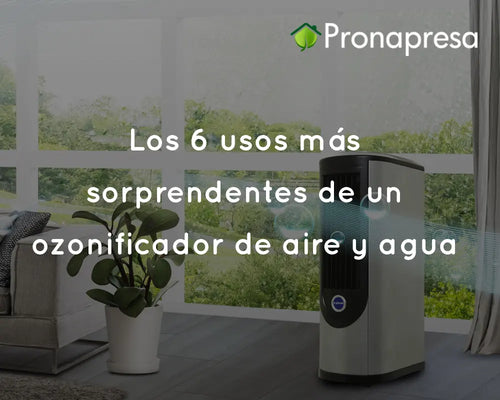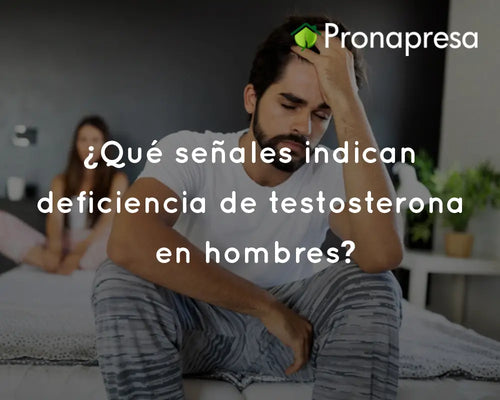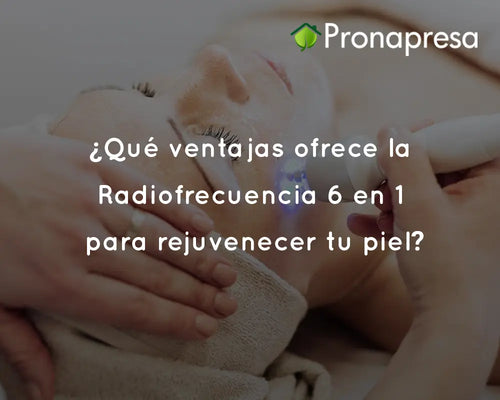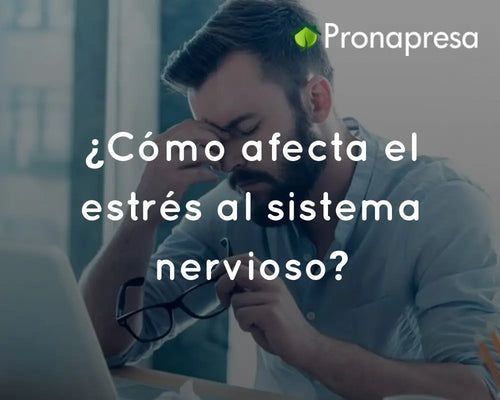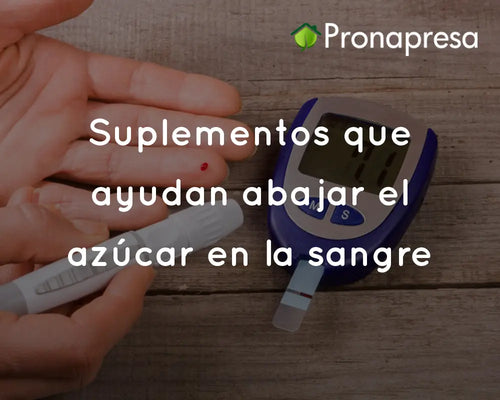
What is glaucoma?
Often the “silent thief of sight”, Glaucoma typically doesn't show symptoms until the disease is advanced . Any vision loss is not restorable.
“You can have a lot of eye damage and have no idea,” says Andrew Iwach, clinical spokesperson for the American Academy of Ophthalmology. “It’s a potentially blinding disease.”
About half of people with glaucoma are completely unaware of their condition , according to the National Eye Institute. That's why early detection is so important . Here's what you need to know about glaucoma and how it progresses.
Symptoms and causes of glaucoma
Open-angle glaucoma is the most common type. Over time, it damages the optic nerve, which, in turn, can lead to blindness. “The optic nerve is part of the visual system that carries light from the eyeball to the brain,” explains Rahul T. Pandit, M.D., associate professor of clinical ophthalmology at the Blanton Eye Institute, Houston Methodist Hospital.
"Slow, progressive damage to the optic nerve is often associated with high eye pressure, which is one of the strongest risk factors ." These are the symptoms, causes, and risk factors of glaucoma to remember.
High eye pressure
“Glaucoma is a degenerative nerve disease and has multiple risk factors, eye pressure being one of them,” explains Peter Krall, an ophthalmologist at Scripps Clinic in San Diego.
“The reason why We focus so much on eye pressure because that is the only modifiable risk factor .”
Your eye produces fluid that bathes it in nutrients and then drains. “In age-related glaucoma, there’s resistance to that outflow,” says Dr. Krall. “It can’t leave the eye.”
Not everyone with high eye pressure has glaucoma, and some people with normal eye pressure do .
Angle-closure glaucoma is another form of the disease that affects far fewer people, but has acute symptoms resulting from a sudden increase in eye pressure. It requires immediate treatment.
Loss of peripheral vision
One of the first external victims of glaucoma is peripheral vision, which means that You have trouble seeing things from the side. This happens so gradually that many people don't notice .
The problem may appear as blind spots in your peripheral vision. Some people report poor vision or a lack of acuity, says Dr. Pandit.
“Patients say things like, 'I know someone is standing next to me, but I can't see them,' or, 'I'm walking through a door and my shoulder hits it,'” says Dr. Krall. It can also make driving dangerous .
However, many people don't notice problems with peripheral vision because central vision remains strong for longer, adds Dr. Krall.
Difficulty seeing at night
Glaucoma can also affect night vision. Not only can this make driving dangerous, but “discerning objects and details can be extremely difficult in all low-light conditions,” says Mark Fromer, an ophthalmologist at Lenox Hill Hospital in New York City.
A classic example is not being able to see where you're walking in a dark movie theater. It makes sense, says Dr. Krall, because the brain is not receiving all the light information it needs .
Loss of central vision
If left untreated, glaucoma will eventually take over your central vision as well, says Dr. Fromer. People sometimes realize this when they close one eye and notice the other eye has a blind spot or is missing an area .
Once this happens, the disease is quite far behind. “We like to catch it before this point,” says Dr. Krall. “When people have that central vision loss, we treat it much more aggressively.”
Severe eye pain and nausea
Pain and nausea are signs of the rapid rise in eye pressure associated with an angle-closure glaucoma attack. Other signs may include eye redness and seeing halos or "rainbows" around light sources.
“An acute attack of glaucoma [is] where eye pressure rises rapidly,” says Dr. Fromer. “This occurs when the angle to the eye closes and the eye can no longer drain fluid properly. The pressure increases, causing pain.”
Nausea is a consequence of intense pain , says Dr. Krall. As for rainbows, “if the pressure increases, the cornea begins to bulge, and you get a prismatic effect,” he explains.
If you experience any of these symptoms, Call your doctor or go to an emergency room. Treatment can save your vision .
Get tested
There's no way to prevent glaucoma, but treatments focused on reducing eye pressure can halt damage to your vision, says Dr. Iwach. These treatments are necessary in the early stages, making early detection paramount.
The American Academy of Ophthalmology recommends having comprehensive eye exams starting at age 40, or earlier if you have risk factors such as a family history of the disease .
Those exams should include an exam with a microscope, pupil dilation, an evaluation of the optic nerve, and a visual field test to assess your peripheral vision, says Dr. Fromer.
High eye pressure is a clue that you might have glaucoma, but it's not enough. "You should get further testing," says Dr. Krall.
Glaucoma Treatments
There are three main types of glaucoma treatment: eye drops, laser surgery, and traditional surgery. All of them work by lowering eye pressure.
Doctors usually start with one of the many daily prescription eye drops. Laser surgery called laser trabeculoplasty (SLT) changes the angle at which fluid drains from the eye.
For more advanced cases, surgeons may add new drainage channels or insert shunts to reduce fluid buildup in the eye.
PRONAPRESA
"Because prevention is better than cure"
Visit our online store https://pronapresa.com and find the best nutritional supplements, spa equipment, and appliances for your home or business at the best prices. Check it out!



